Code versioning
An introduction with Git
What is version control?
System that records changes made to a set of files over time
These systems are called VCS (Version Control Systems)
They are essential to programming projects involving several people
What can we do with that?
Keep every version of a file (source code, image...)
Work easily with several programmers
Revert files back to a previous state
Compare changes over time
And much more...
Different VCS architectures
Local
Centralised
Distributed
Local VCS
Simple local database
No connectivity
No collaboration
Example: RCS
Local VCS

Centralised VCS
Made for dealing with the collaboration issue
One single remote server
Requires to know what other people are doing
Examples: CVS, Subversion
Centralised VCS
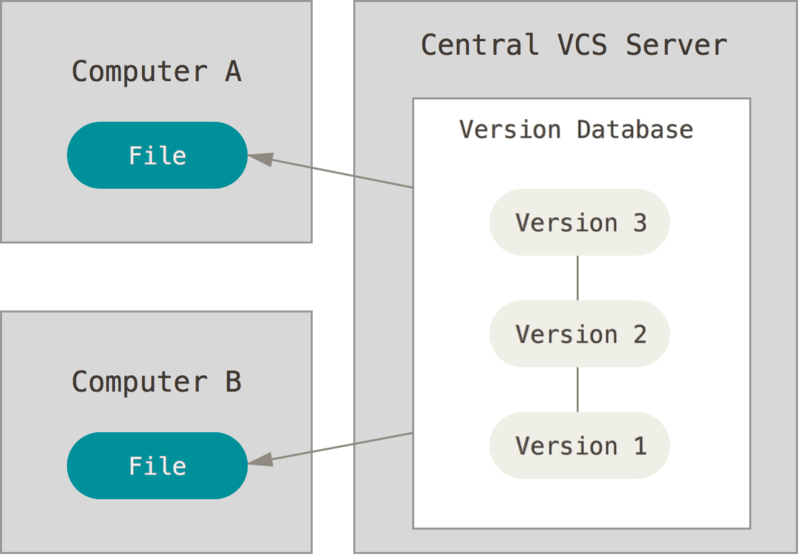
Distributed VCS
Full local copy of the remote repository
Can deal with several remote repositories
Several types of workflows
Distributed VCS

Why using Git?
It's fast
Strong support of non-linear workflows
Ables to handle large projects efficiently
Most used VCS these days
Free and open source
Git basics
To initialise a Git repository in an existing directory:
git init
And to create a new one:
git init my-project
Git basics
If you want a copy of an existing Git repository:
git clone git@github.com:docker/docker.git
The above command line will clone the official repository of the Docker project
Git basics

Git basics
To track new files:
git add *.c
git add include/
git add README.md
These files are now in the staging area
Git basics
And now, your first commit:
git commit -m "first commit"
Git basics

Git branching
Git's "killer feature"
Incredibly lightweight
Designed to be used as often as possible
Basic branching

Basic branching
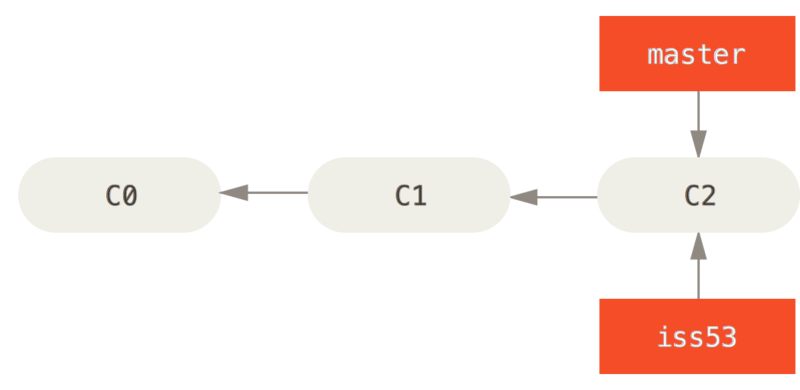
Basic branching
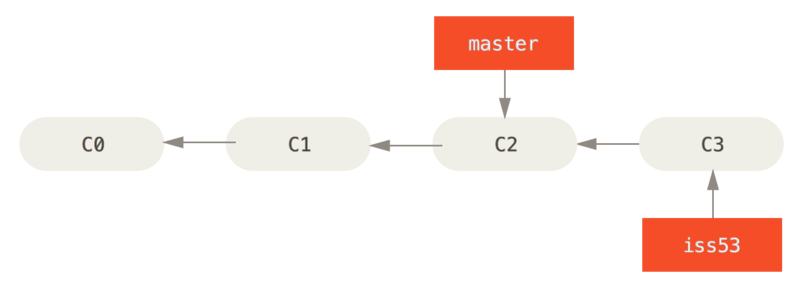
Basic branching
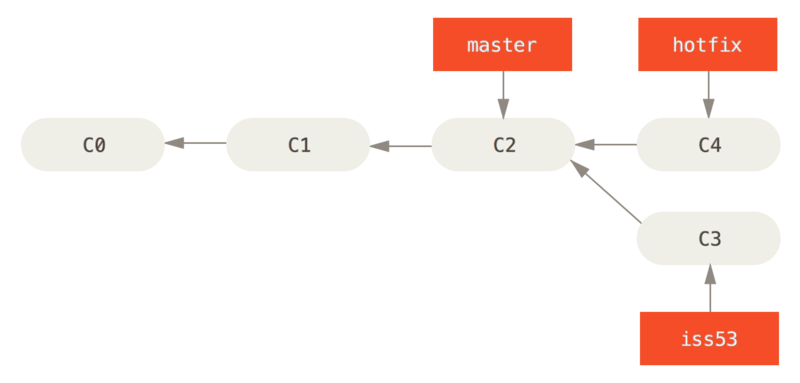
Basic branching
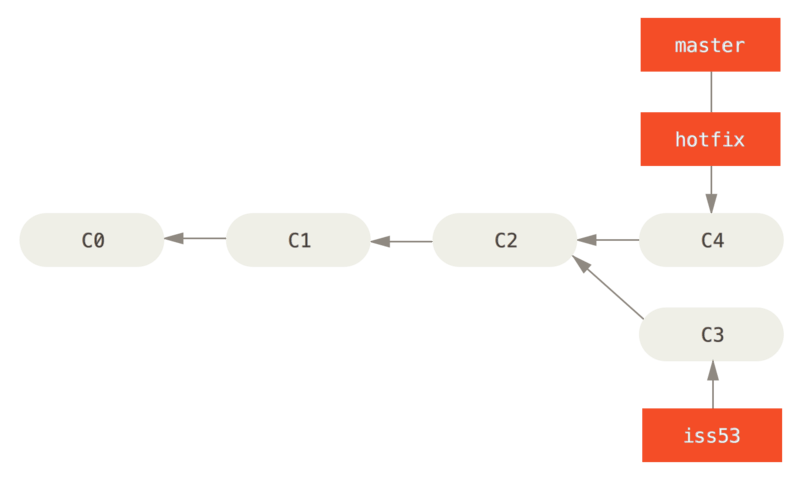
Basic branching
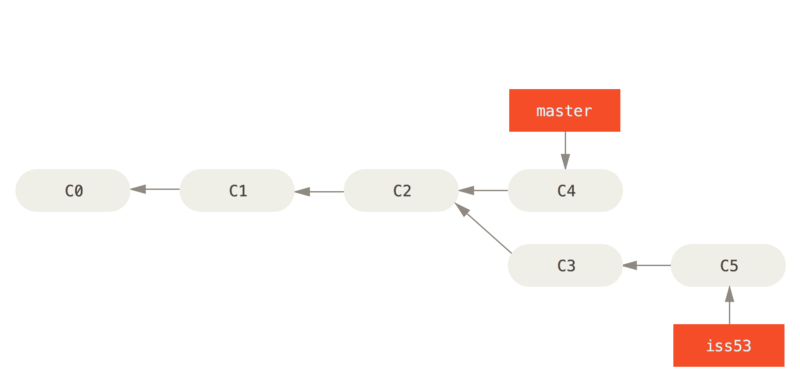
The rebase feature
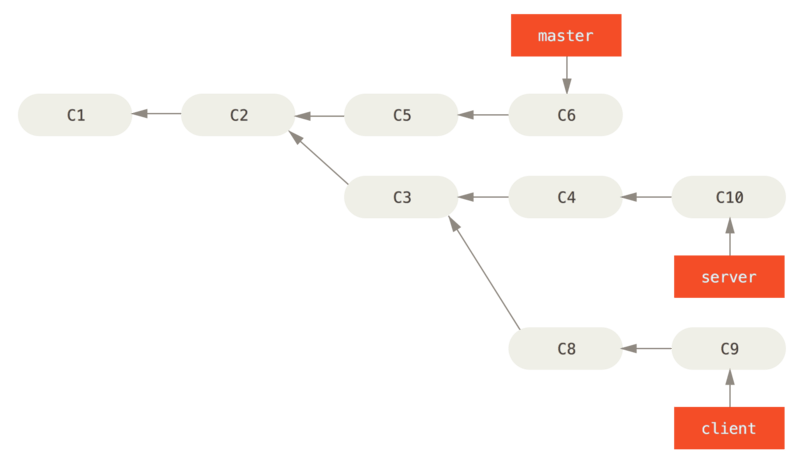
The rebase feature
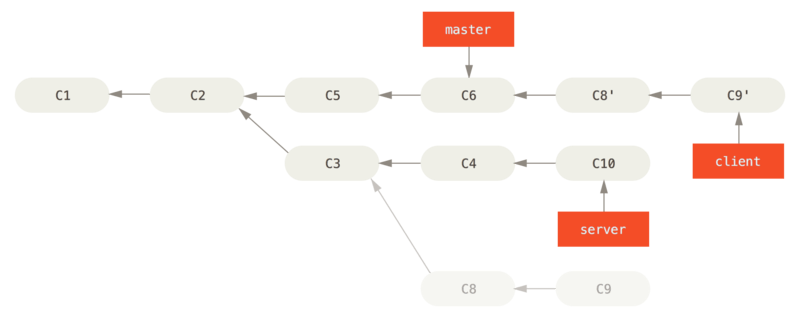
The rebase feature

The rebase feature

The rebase feature

Different workflows
Centralised
Integration manager
Dictator and lieutenant
Centralised
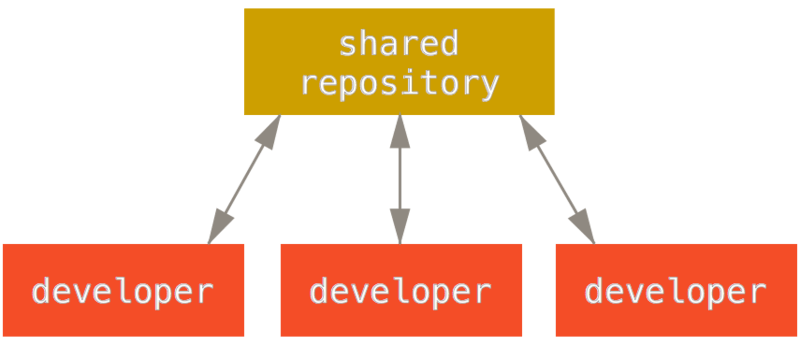
Integration manager
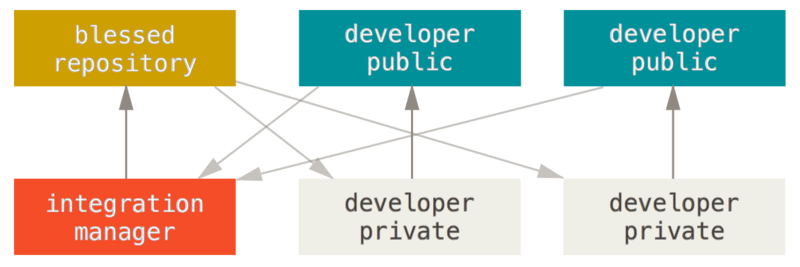
Dictator and lieutenant
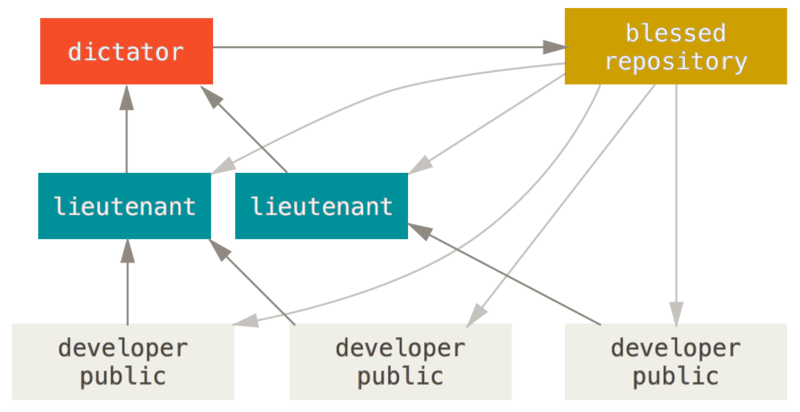
Where to host your Git repositories?
Public clouds
Self-hosted servers
Public clouds
Git is not GitHub!
Generally free for public repositories
Self-hosted servers
Better choice if your work is confidential
Common features
Manage privileges
Pull requests / Merge requests
Issues
Wiki
Webhooks
